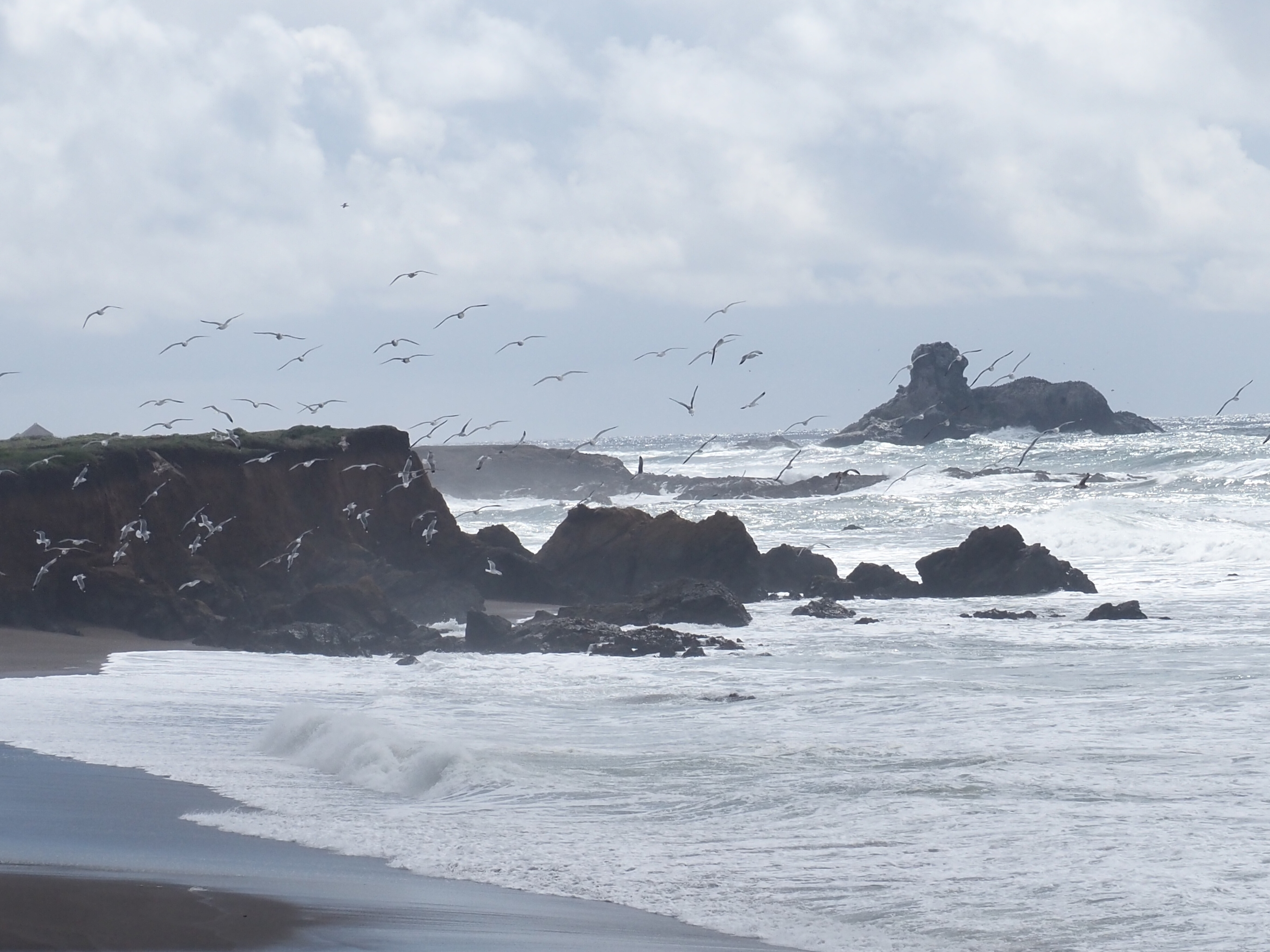Curious Belugas… and a Humpback
This week we are resuming regular photo-ID work of our St. Lawrence belugas. We’re treated to a few gorgeous autumn days with idyllic conditions on the water, no wind or waves and incredible light. We’re off the coast of Cacouna with some forty belugas. We’ve been following the herd for 2 hours when suddenly a huge spout not far from the boat grabs our attention. The “detonation” is too powerful to be that of a minke whale. We look toward 6 o’clock and see the typical dorsal fin of a humpback whale.
Our initial reaction is surprise, because this is not a place typically frequented by the species. Within ten minutes, the animal finds itself in our herd of belugas. Sluggish, it turns onto its sides and shows us its pectoral fins. Based on our initial observations, we’re not sure of this animal’s identity. The belugas seem to be just as curious as we are. For several breathing sequences, the humpback breaks the water surface about thirty metres from a group of young gray belugas, who seem to be approaching him. What’s really going on below the water surface? Is it simply curiosity or does the interaction go beyond that?
In the St. Lawrence Estuary, some species share the same territory and are sometimes observed near one another in the tide rips without necessarily mingling or interacting. But interactions between different whale species do sometimes occur. We should point out the narwhal observed several times this year in a large group of belugas. Additionally, white-sided dolphins and white-beaked dolphins, present in summer in the St. Lawrence, are regularly seen with fin whales and humpbacks, seeming to enjoy the manoeuvres the whales use to herd and catch their prey. Not to mention that interactions may occur underwater, out of our view…
Click on the map to navigate with the Bleuvet and discover the highlights of the week!
IDENTIFICATIONS OF THE WEEK
Blanche – adopted in 2014 by the municipality of Tadoussac;
Athéna – adopted collectively since 2015;
Blanchon – adopted in 2016 by Yolande Simard Perrault;
Aquabelle – adopted in 2014 by the Aquarium du Québec;
as well as DL2227, DL1328 et DL9019
The complete list of identified belugas requires meticulous efforts to match individuals, which will be undertaken once the field season has come to a close.
 Property of the GREMM and the St. Lawrence National Institute of Ecotoxicology, the Bleuvet is a research boat dedicated to the research program on St. Lawrence belugas. Managed by GREMM scientific director Robert Michaud, the Bleuvet crew is composed of Michel Moisan, Tim Perrero and Simon Moisan.
Property of the GREMM and the St. Lawrence National Institute of Ecotoxicology, the Bleuvet is a research boat dedicated to the research program on St. Lawrence belugas. Managed by GREMM scientific director Robert Michaud, the Bleuvet crew is composed of Michel Moisan, Tim Perrero and Simon Moisan.





